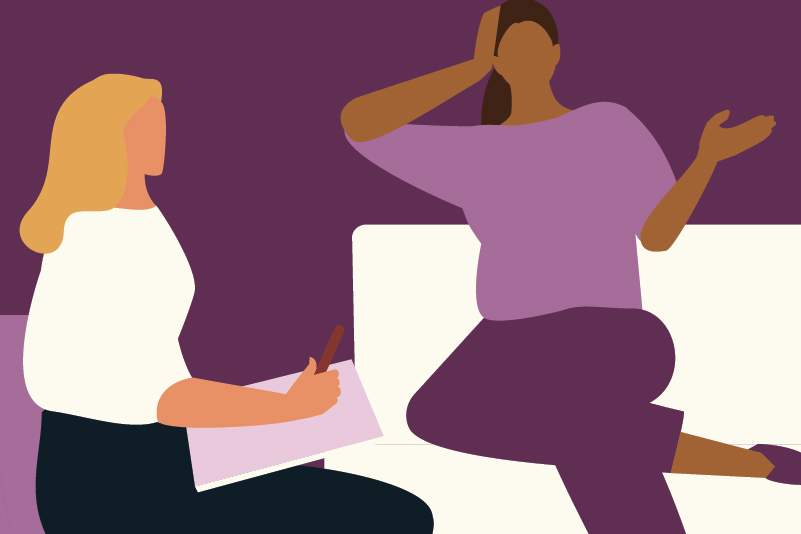#130: Working out depression: Is exercise effective for depression?

Reading Tools for Practice Article can earn you MainPro+ Credits
Join NowAlready a CFPCLearn Member? Log in
- Results in standard mean differences (SMD): A statistical tool to combine different scales with limited clinical meaning.
- Effect on depression compared to no treatment or control: Three meta-analyses found statistically significant improvements in depressive symptoms, ranging from “moderate” to “large” effects (SMD 0.6 to 1.1).1,2,4 Results inconsistent.
- In high quality studies:
- Using randomization concealment, intention-to-treat and blinded assessors: Two meta-analyses were no longer statistically significant.1,2
- Using only publication in peer reviewed journal/dissertation: Remaining analysis: SMD reduced from 1.1 to 0.7 (now a “moderate” effect).4
- Duration reduced effect from “large” (SMD=1.8) in studies <8 weeks duration, to “moderate” (SMD=0.6) if >8 weeks.4
- Exercise not statistically different from psychotherapy (seven RCTs, 189 patients) or medication (four RCTs, 300 patients).1
- Limitations: Many studies used patient self-report for results;1,4 small sample sizes; exercise was usually supervised/done in groups (therefore socializing could effect results);4 blinding, randomization concealment, and intention-to-treat infrequent.
- In high quality studies:
- Examining the five highest quality RCTs:11-15 Three of five found statistically significant (or nearly): 11,12,15
- Response (≥30% reduction in Hamilton Depression score): Number Needed to Treat (NNT) 5 over 10 weeks.15
- Remission (“normal” Hamilton Depression score): NNT 8-12 over four months.11
- Exercise has dose-dependent, positive effects on quality of life in non-depressed patients.16
- In chronic illness without depression, exercise has an inconsistent, small-moderate effect on depressive symptoms (SMD=0.3).9
- Largest effects of exercise were observed among those with mild-to-moderate depression.8
- Evidence is insufficient to judge if one type of exercise is better.3,4







 Complete Activity
Complete Activity